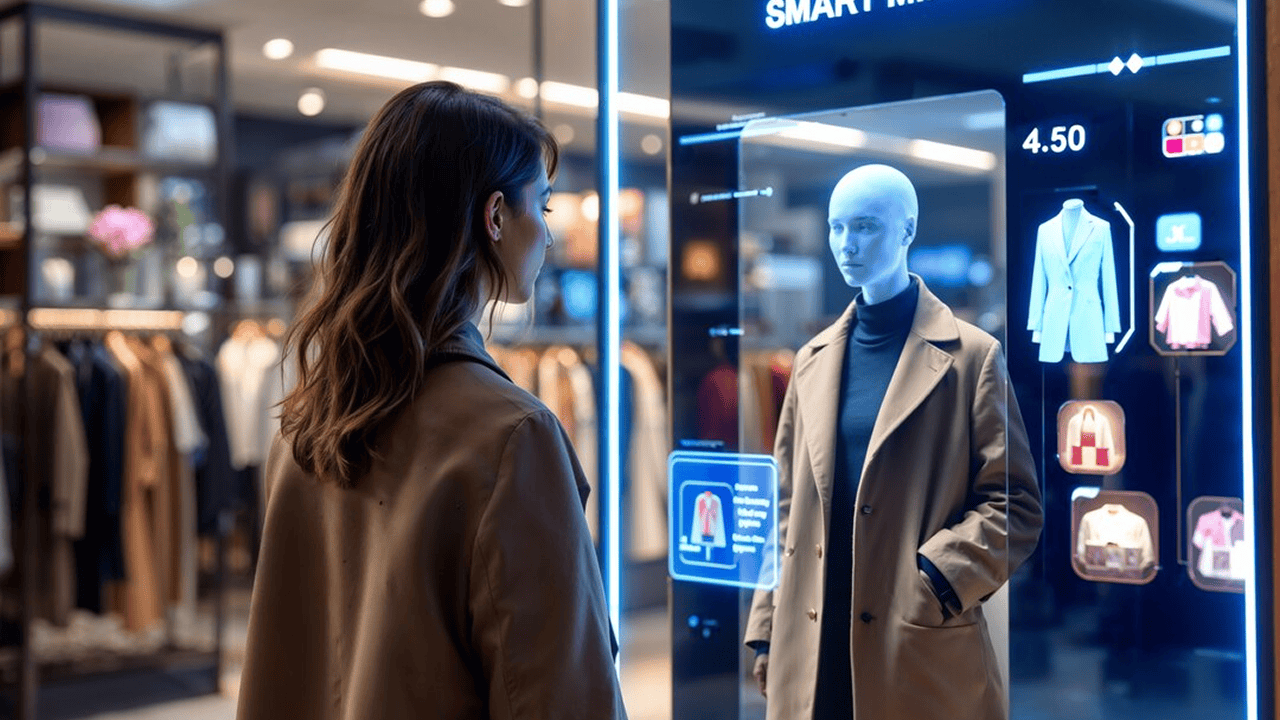
Localism in Retail: How the Hyperlocal Revolution is Redefining Shopping in 2025
In 2025, amid global connectivity and eCommerce domination, a surprising trend has taken hold—localism in retail. The shift toward supporting nearby businesses, sourcing local products, and creating regionally tailored shopping experiences is rapidly reshaping the retail landscape.
While the last decade saw the rise of globalized giants and drop-shipping models, today’s consumers are circling back to community-driven commerce, demanding relevance, authenticity, and personal connection from their favorite brands.
This blog explores how hyperlocal retail strategies are not just surviving—they’re thriving—and what it means for retailers of all sizes.
The Resurgence of Local: More Than Nostalgia
Local retail is not about being small—it’s about being relevant, human, and connected. Consumers in 2025 are fatigued by mass-market homogeneity. They crave shopping experiences that reflect their culture, geography, and neighborhood pride.
Why the Shift Is Happening Now:
- Pandemic Impact: COVID-19 made people aware of the fragility of local economies.
- Sustainability: Buying local reduces carbon footprints.
- Digital burnout: People are seeking more meaningful, in-person interactions.
- Economic activism: Consumers want their dollars to support local jobs and communities.
This shift is not sentimental—it’s strategic. Retailers who embrace it can deepen customer loyalty, differentiate their brand, and create resilient, experience-driven ecosystems.
What Is Hyperlocal Retail?
Hyperlocal retail refers to the strategy of tailoring inventory, services, marketing, and community involvement to a very specific geographic area—sometimes down to a single neighborhood.
It emphasizes:
- Locally made or sourced products
- Community engagement and partnerships
- Geo-targeted promotions
- Store designs and merchandising customized to local tastes
For example, a national apparel brand might carry winter coats in the Northeast and festival gear in Southern California—both labeled with locally themed branding and store-exclusive drops.
In 2025, hyperlocal isn’t a luxury—it’s becoming a core retail competency.
Micro-Warehousing and Local Fulfillment
To meet the speed expectations of modern shoppers without sacrificing locality, brands are investing in micro-warehouses and dark stores in urban and suburban centers.
These spaces allow:
- Same-day local deliveries
- Local product pickups
- Efficient last-mile logistics
- On-demand inventory for pop-ups
Retailers like Target and Kroger are using neighborhood fulfillment centers to serve specific ZIP codes, significantly cutting delivery costs and emissions. Amazon is piloting community-based delivery programs using local entrepreneurs.
Fast + Local is now the holy grail of fulfillment.
Local Inventory = Emotional Relevance
When a shopper walks into a store in Austin, Texas, and sees merchandise inspired by local artists or regional slang, it triggers a sense of identity and pride. This emotional connection translates to sales—and brand loyalty.
Examples of Local Inventory in Action:
- A bookstore featuring titles by local authors and regional history.
- A grocery chain promoting seasonal crops from nearby farms.
- A sneaker brand collaborating with a graffiti artist known in the city.
Retailers are now using location-based trend analysis and community polling to curate shelves that feel alive with local flavor.
Geo-Targeted Retail Marketing
Marketing in 2025 is no longer “one message for all.” Retailers are now crafting geo-targeted campaigns that speak to neighborhood culture, events, weather, and even sports rivalries.
Tools and Tactics:
- Localized SMS campaigns with exclusive deals
- Social ads filtered by radius and interest
- Weather-triggered promotions (e.g., discounts on raincoats during a local storm)
- In-store events tied to city festivals or causes
Starbucks, for example, runs geo-tagged drink promotions near college campuses during finals week. Indie clothing labels host city-specific drops, turning their product into a cultural timestamp.
This is precision retail, and Gen Z and Millennial shoppers love it.
Local Collaborations and Brand Credibility
Today’s shoppers are brand skeptics. They trust people more than corporations, and collaborations with respected local figures are one of the fastest ways to earn that trust.
Common Local Partners:
- Streetwear brands teaming up with local tattoo artists
- Boutiques co-designing with high school design students
- Food chains sourcing ingredients from hometown farms
- Retailers donating a portion of sales to neighborhood initiatives
When executed authentically, these collaborations build community ownership of the brand, driving advocacy and repeat purchases.
The Role of Technology in Hyperlocal Retail
Ironically, technology is making localization possible at scale. From POS analytics to AI-powered assortment planning, brands now have the tools to micro-customize without losing efficiency.
Tech Enablers:
- AI-based regional trend forecasting
- Geofencing for mobile push notifications
- Local inventory tracking across multi-store chains
- AR store displays with neighborhood-specific content
Brands like Nike and Lululemon have integrated location-based features into their apps that show product availability, community events, and local fitness partnerships—hyper-personalized to the user’s location.
Why Big Retailers Are Going Local
Major retailers are embracing localism not just for image, but for performance. Stores that feel “regional” tend to outperform their cookie-cutter counterparts.
Examples:
- Whole Foods showcases different vendors per store.
- Home Depot adjusts garden and paint inventory based on local climate.
- Walmart features Made-in-State shelves in select locations.
Even fast-fashion is adopting micro-collections based on city preferences, tracked via AI from social listening and online search patterns.
In essence, global infrastructure + local relevance is the new success formula.
Local Loyalty Programs: Reimagined
Traditional loyalty programs often fail to inspire, but localized loyalty creates stronger emotional bonds. It’s about recognizing community participation, not just purchases.
Innovative Models:
- Points for attending local events or volunteering
- VIP status for supporting neighborhood fundraisers
- Member-only early access to location-based releases
Retailers are also using blockchain-based local reward systems that let users redeem perks across a network of neighborhood businesses.
Challenges of Going Hyperlocal
While the upside is significant, localism comes with operational challenges.
Key Hurdles:
- Increased complexity in supply chains and inventory planning
- Need for local staffing and cultural sensitivity
- Higher upfront investment in research and partnerships
- Data privacy risks with geolocation and tracking
However, tech innovation and community collaboration models are making it more feasible than ever. Retailers must weigh scale vs. specificity—choosing markets where local investment will yield high engagement.
Hyperlocal Goes Beyond Products—It’s a Lifestyle
In 2025, the most innovative retailers aren’t just selling products—they’re hosting local experiences:
- Art walks and gallery nights inside stores
- Local musician showcases
- On-site farmer’s markets
- Neighborhood clean-up drives
These experiences turn stores into cultural spaces, nurturing connection and foot traffic in an era when digital screens dominate daily life.
Conclusion: The New Retail Edge Is Local
As retail evolves in 2025, localism isn’t a trend—it’s a movement. It’s how brands stay grounded, how customers stay loyal, and how commerce becomes meaningful again.
In a global economy, those who localize win hearts. And winning hearts is the first step to winning wallets.
Retailers who understand their neighborhoods, reflect their communities, and earn their trust are not just building customer bases—they’re building movements.
